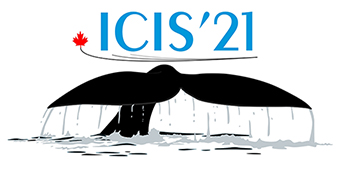Speaker
Description
The Californium Rare Isotope Breeder Upgrade (CARIBU) facility is changing the mechanism for creating neutron-rich fission products. Spontaneous fission from a $^{252}$Cf source has provided beams to support the low energy and accelerated-beams ATLAS programs. $^{252}$Cf has a 2.65-year half-life, requiring the source to be replaced every three years to maintain high beam intensities. Fabricating an appropriately thin $^{252}$Cf source to efficiently release the fission products has been challenging. The solution to these problems is nuCARIBU, a new system that provides neutron-induced fission on actinide foils. The Best Cyclotron B6P System (6-MeV proton beam at 0.5 mA) is chosen, utilizing a multi-cusp negative ion source extracting into a cyclotron, which uses carbon foils to strip the H$^-$ ions to protons. These protons are delivered to a $^{7}$Li target to produce neutrons. The fast neutrons are moderated to thermal energies to induce fission in an actinide foil, providing neutron-rich fission products.
| E-mail for contact person | jmclain@anl.gov |
|---|---|
| Funding Information | This work was supported by the U.S. Department of Energy, Office of Nuclear Physics, under Contract No. DE-AC02-06CH11357. This research used resources of ANL’s ATLAS facility, which is a DOE Office of Science User Facility. |
